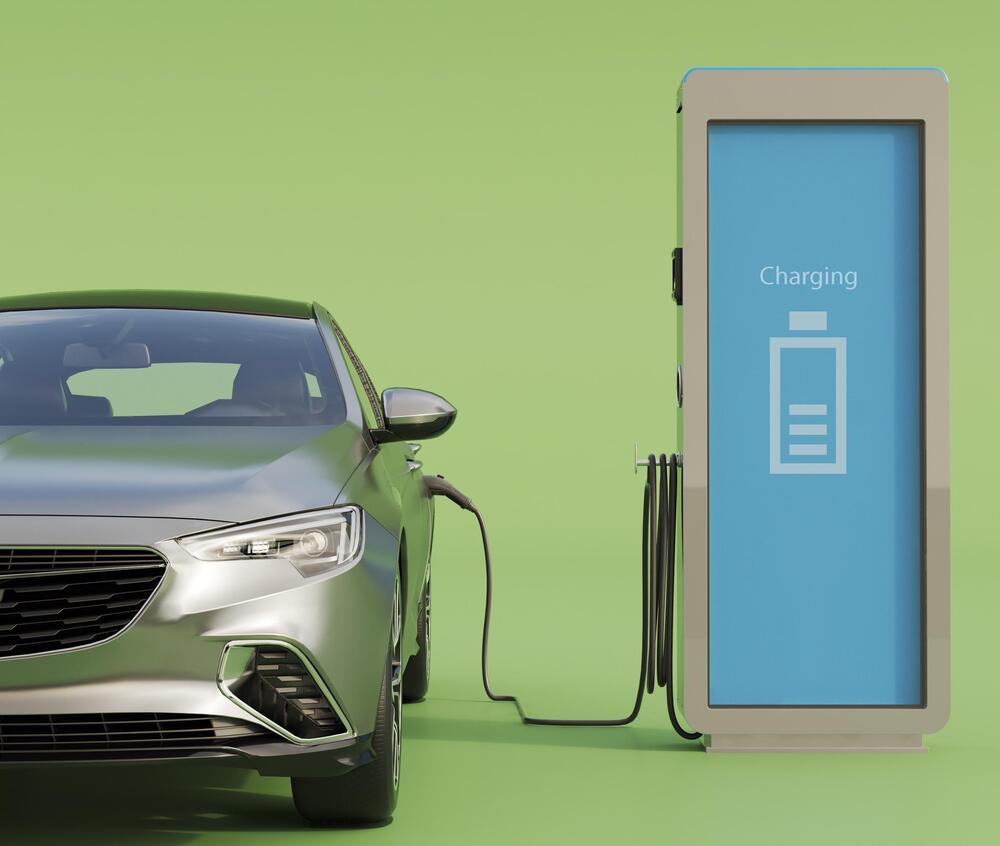As the world shifts towards sustainable energy, electric vehicles (EVs) are at the forefront of this revolution. With advancements in technology, changing consumer preferences, and government policies, the future of electric vehicles is not just bright; it's electrifying! ⚡ In this blog, we will explore key trends shaping the EV landscape, backed by compelling statistics and clear tables to illustrate the rapid growth and potential of this industry.

The Rise of Electric Vehicle Sales
The global electric vehicle market has seen exponential growth over the past few years. According to the International Energy Agency (IEA), the number of electric cars on the road surpassed 10 million in 2020, a significant increase from just 2 million in 2016. This trend is expected to continue, with projections indicating that by 2030, there could be over 145 million electric vehicles globally. ?
Global Electric Vehicle Sales (2016-2030)
| Year | Number of EVs (in millions) | Annual Growth Rate (%) |
|---|---|---|
| 2016 | 2 | - |
| 2017 | 3 | 50% |
| 2018 | 5 | 67% |
| 2019 | 7 | 40% |
| 2020 | 10 | 43% |
| 2025 | 30 | 200% |
| 2030 | 145 | 383% |
The table above highlights the remarkable growth trajectory of electric vehicles. The annual growth rate is expected to skyrocket, especially as more manufacturers enter the market and consumer awareness increases. ??
Technological Advancements
One of the driving forces behind the rise of electric vehicles is the rapid advancement in battery technology. The cost of lithium-ion batteries has dropped by nearly 89% since 2010, making EVs more affordable for consumers. According to BloombergNEF, the average price of battery packs is projected to fall below $100 per kilowatt-hour by 2023, which will further enhance the viability of electric vehicles. ?
Battery Cost Trends
| Year | Cost per kWh (USD) | Percentage Decrease (%) |
|---|---|---|
| 2010 | 1,200 | - |
| 2015 | 350 | 71% |
| 2020 | 137 | 89% |
| 2023 | <100 | 92% |
The decreasing cost of batteries is a game-changer for the EV market. As prices continue to drop, more consumers will be able to afford electric vehicles, leading to increased adoption rates.
Government Policies and Incentives
Government policies play a crucial role in promoting electric vehicle adoption. Many countries are implementing incentives such as tax credits, rebates, and grants to encourage consumers to switch to electric. For instance, in the United States, the federal tax credit for electric vehicles can be as high as $7,500, depending on the model. Additionally, several states are offering their own incentives, making EVs even more attractive. ??
Global EV Incentives Overview
| Country | Incentive Type | Amount (USD) |
|---|---|---|
| United States | Federal Tax Credit | Up to 7,500 |
| Norway | Purchase Tax Exemption | 100% |
| Germany | Purchase Grant | Up to 9,000 |
| China | Subsidy | Up to 4,500 |
These incentives are crucial in driving the adoption of electric vehicles. As governments worldwide commit to reducing carbon emissions, we can expect even more robust policies to support the transition to electric mobility.
Consumer Preferences
Consumer preferences are also shifting towards electric vehicles. A recent survey conducted by Deloitte found that 60% of consumers are open to purchasing an electric vehicle in the next five years. This is a significant increase from previous years, indicating a growing acceptance of EVs. ?
Consumer Attitudes Towards EVs
| Factor | Percentage of Respondents (%) |
|---|---|
| Environmental Concerns | 70% |
| Cost Savings | 65% |
| Performance | 55% |
| Charging Infrastructure | 50% |
The table above illustrates the factors influencing consumer decisions. As awareness of environmental issues grows, more people are considering electric vehicles as a viable option for their next car purchase.
The Future of Charging Infrastructure
As the number of electric vehicles increases, so does the need for a robust charging infrastructure. According to the IEA, the number of public charging points worldwide is expected to reach 10 million by 2025. This expansion is crucial for alleviating range anxiety among potential EV buyers. ?
Charging Infrastructure Growth
| Year | Number of Charging Points (in millions) |
|---|---|
| 2020 | 1.3 |
| 2021 | 1.5 |
| 2022 | 2.5 |
| 2025 | 10 |
The growth of charging infrastructure is essential for the widespread adoption of electric vehicles. As more charging stations become available, consumers will feel more confident in making the switch to electric.
Conclusion
The future of electric vehicles is undeniably promising. With rapid advancements in technology, supportive government policies, and shifting consumer preferences, the electric vehicle market is set to explode in the coming years. As we move towards a more sustainable future, electric vehicles will play a pivotal role in reducing carbon emissions and promoting cleaner air. ?
For more insights on electric vehicles and the latest trends, check out resources like the International Energy Agency and BloombergNEF. The road ahead is electric, and it’s time to buckle up for the ride!



